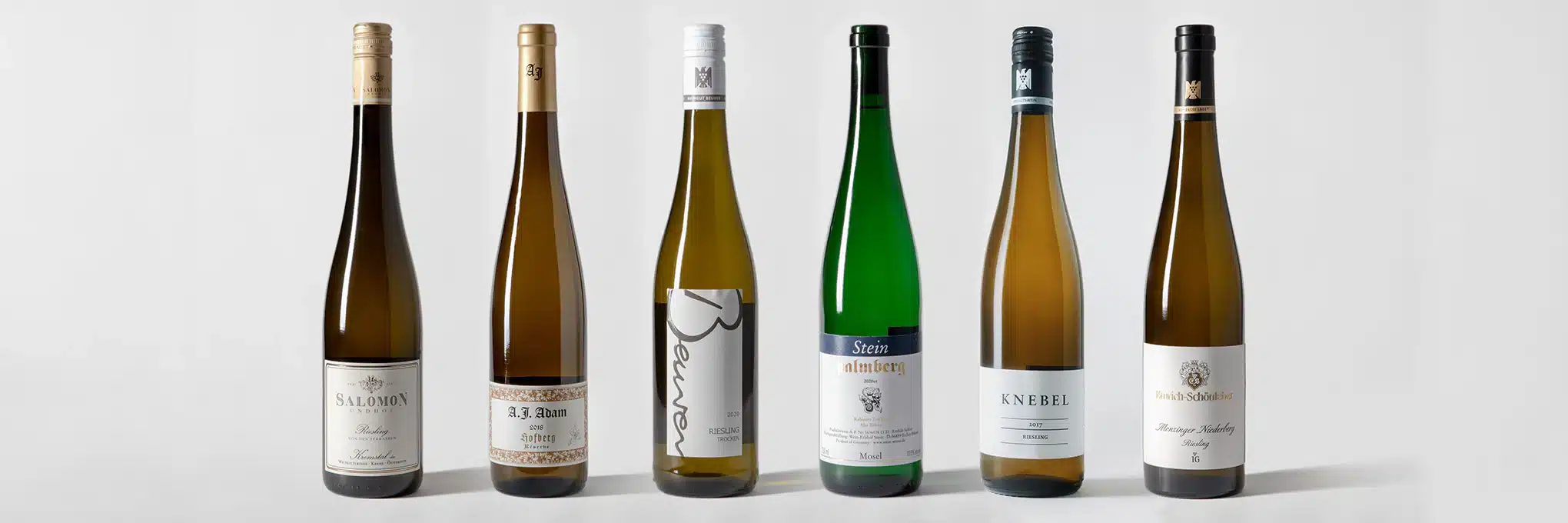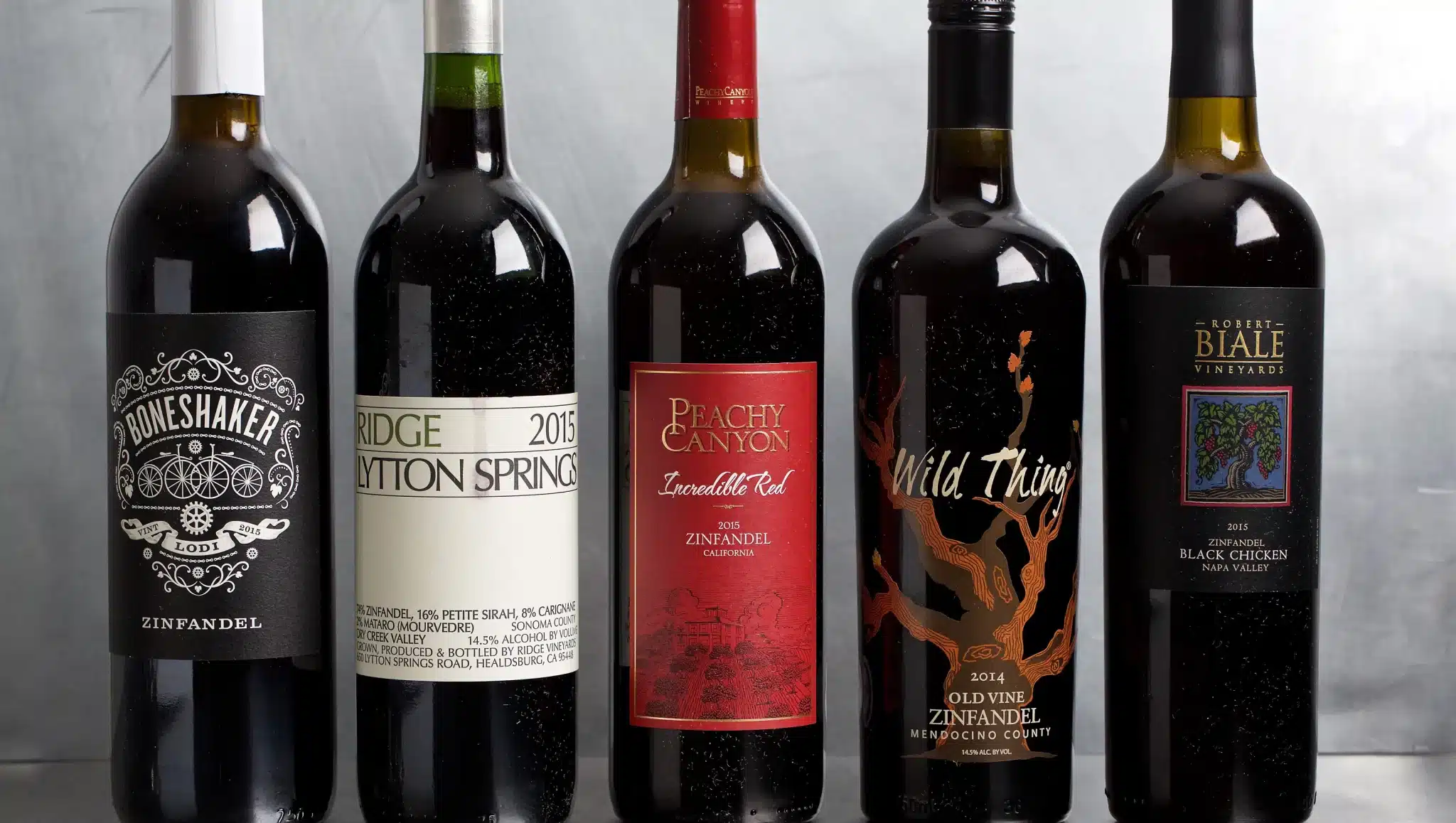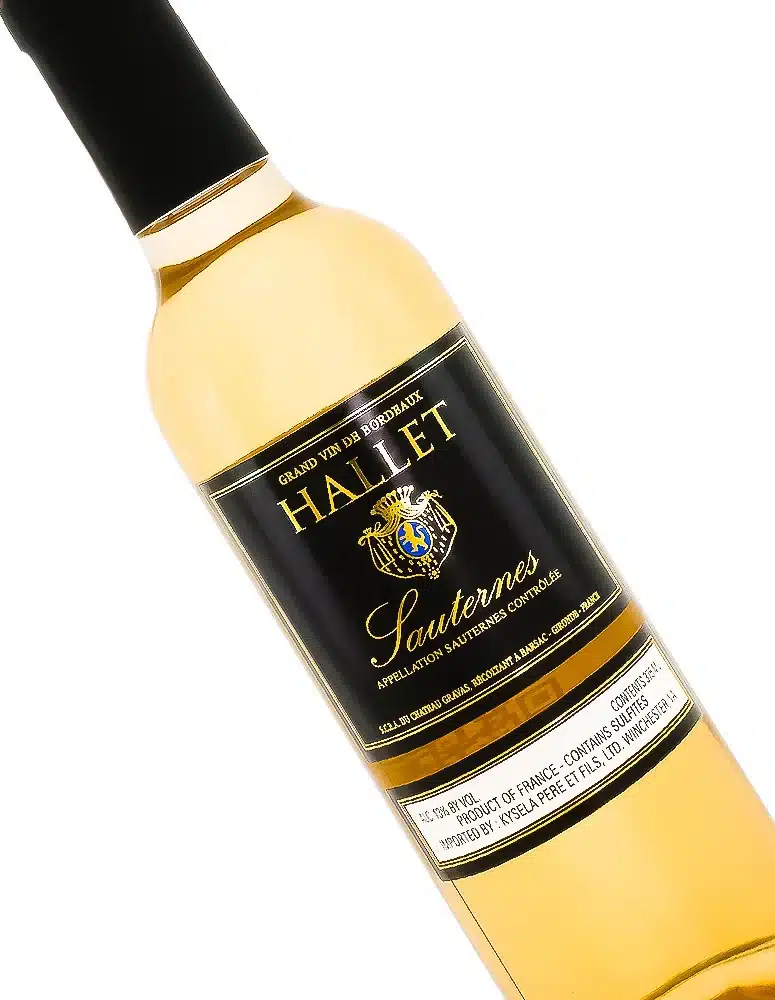
Lord knows you’re not the only one who takes a glassful of wine that taunts the palate with hints of sweetness and burstful of fruit. Sweet and fruity wines are often misunderstood as novice wines, but they can have all sorts of complexity — and simply deliver joy. Except there’s a catch: Sweet wines are discriminated against, often as if you’re not allowed to call yourself a “real” wine lover until after your face has been peeled off by the tannins or acidity.
Wine is all about enjoyment, let’s get that one thing straight. It’s not one of those clubs where you have to undertake some form of wine initiation rite that involves dry wine.
If, therefore, you are a fan of sweet and fruity wines, it’s time to wear that preference with pride. Those snooty wine critics who only drink bone dry? Forget about them. The world of sweet wines is broad, bubbly, and let’s be honest, often just way more fun!
From a newcomer to all the busy bees sick of being judged, here are 9 wines for folks who crave that lush, fruit-driven experience. Trust me, they are every bit as multi-faceted and deserving of your attention as anything else you can find on the shelf.
1. Moscato d’Asti (Italy)
Moscato is where it all starts for so many and really there’s a good reason. This Italian treasure is like a glass of liquid sunshine. If you get called a “Moscato drinker,” consider it a compliment.
Moscato d’Asti, with its slightly effervescent and subtly low alcohol, bursts with juicy ripe peach, apricot, and a smidgeon of sweet honey. What those people don’t realize is that good Moscato d’Asti actually has balance and lovely winemaking going into it. It’s not just a “beginner” wine, as even experienced sommeliers have been caught pouring themselves a glass.
2. Riesling (Germany)

Riesling can be two different identities, depending on the region and how it’s made. If you prefer sweet and fruity, then German Riesling is for you.
With tasty notes of green apple and peach or more exotic flavors like pineapple, Riesling also features floral aromas and a bright acidity that offsets the sweetness.
If you want something sweet that doesn’t seem sticky, Riesling is the way to go. Plus, it ages incredibly well, developing more complex flavors like petrol (yes, you read that right) as it matures. It’s a wine that develops like any other fine wine. A great example is the Double L Riesling from Morgan Winery, which highlights the variety’s elegance with a nose of stone fruit and Meyer lemon, complemented by flavors of nectarine and green apple. It’s a wine that develops like any other fine wine.
3. Brachetto d’Acqui (Italy)
When all you want is a sweet red, meet Brachetto d’Acqui. This is an Italian red dessert sparkling wine. A romantic romp in a glass, brooding with flavors of sexy red berry flavors like strawberries and raspberries, with a touch of rose petals on top.
It pairs perfectly with chocolate or fruit-focused desserts. And if you’ve been sticking with whites thinking reds weren’t fruity enough, today is a new day!
4. Zinfandel (California)

Poor Zinfandel, often labeled as a big, bold dry red. While its fruitiness can be explosive—especially in jammy, sun-ripened California bottles—some versions showcase flavors of blackberry, cherry, and plum, with a bit of spice to keep it lively.
Though Zinfandel is usually full-bodied, it’s less tannic than you might think, making it accessible for those not ready for extra-dry reds.
5. Gewürztraminer (Alsace, France)
This wine isn’t for the faint of heart, but if you’re into bold fruit and floral notes, Gewürztraminer is perfect. Expect lychee, rose petals, and ginger from the first sip. It’s sweet but often has a spicy undertone.
Versions from Alsace can range from off-dry to semi-sweet, making it versatile for pairing with spicy Asian dishes or rich, creamy cheeses.
6. Tokaji Aszú (Hungary)
Now, we are moving into the realm of dessert wines, and with Tokaji Aszú you get to know what it is like to be a royalty. This golden-colored wine comes from Hungary and is produced with botrytized grapes, raisins on the vine to concentrate their already high sugar.
The result? High levels of sweetness and liveliness; very rich, in fact extraordinarily so. An incredibly rich and sweet wine that is not cloying at all thanks to the nice acid levels. Expect flavors of apricot, orange marmalade, and honey, with a luscious texture that coats the palate. This is a wine that should be enjoyed languidly.
7. Sauternes (Bordeaux, France)

If Tokaji is king, Sauternes is queen. A little more graceful and with some further complexity is this French gem that also captures the character of botrytized grapes.
In addition to the honey and apricot, undertones of pineapple, vanilla, or maybe almond may also be present. Sweet, yes — sometimes shockingly so — but the bright acidity means it never feels viscous or syrupy. Sauternes can be sipped on its own for a special celebration or paired with indulgent desserts, such as crème brûlée.
8. Lambrusco (Italy)
Lambrusco has been given a bad rap, brought on by countless cheap, off-dry versions that proliferated the market throughout the years. In contrast, good Lambrusco is a revelation.
These are lightly sparkling and fruit-forward but carry a unique savory element—so well that you might forget you’re even drinking wine while sipping on flavors of dark berries, cherries, and the occasional touch of earth. Sweet but not in an overbearing way, a good choice for people who are looking to try something besides the traditional white wines.
9. Demi-Sec Champagne (France)
Now, let’s talk bubbles. If you have a penchant for sweetness in your wine, and if the dry reputation of Champagne has kept you from it, then allow me to introduce you to Demi-Sec Champagne.
It means “half-dry,” so it has more residual sugar than your standard Brut Champagne. All that additional sugar really boosts the fruitiness—a spectrum of apple, pear, and stone fruits—and yet keeps that racy effervescence that Champagne has. It is also a sweet wine that always tastes a bit grown up, so it is perfect to celebrate with or just because.
Embrace the Sweetness
The narrative that sweet, fruity wines are second class should go too. These layers of flavor and complexity are unmatched when well-made. They are every bit as complex and layered as any of the lowest-common-denominator dry reds out there, but to my tastes, they are more fun, with a fleshy fruitiness and commercial mouths that should not chase wine lovers away.
These wines deserve the same respect as any other bottle that you have in your wine room, whether to pair with food or drink by themselves. I find 8Wines has a great selection of sweet wines to try, making it easy to explore these delightful options.
Stop apologizing for what you enjoy. The next time someone tries to give you grief for ordering a sweet wine, just hand them a glass and let the flavors do the talking.

